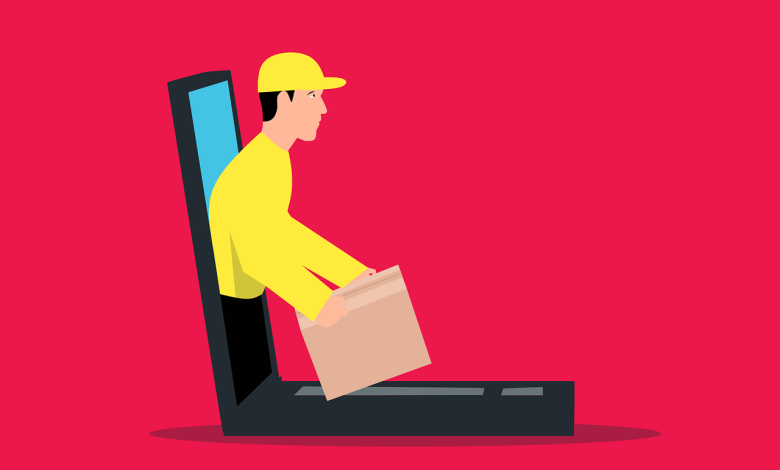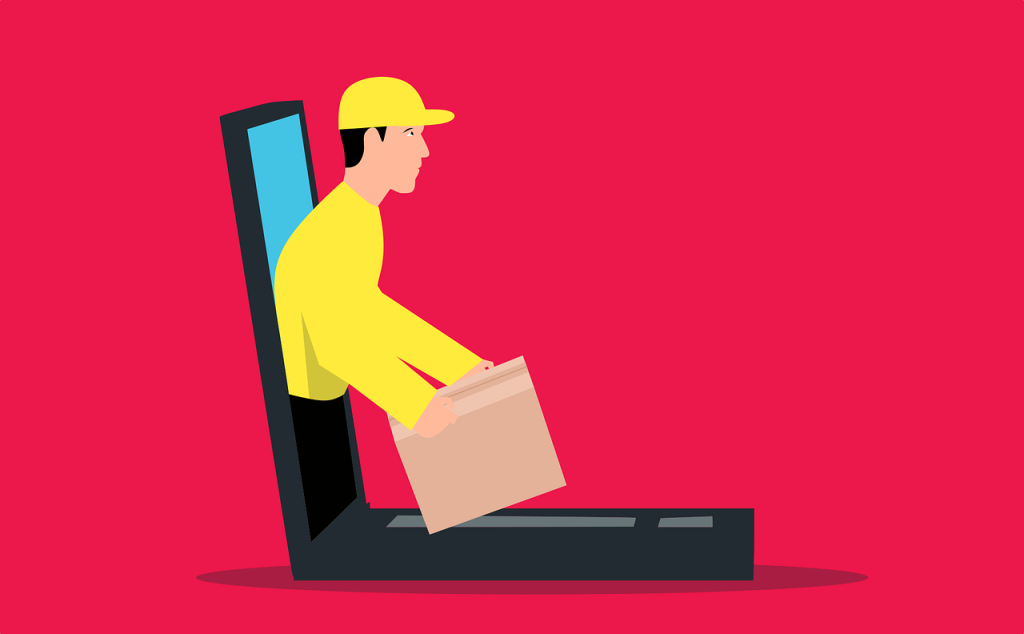How to Start a Drop Servicing Business: A Complete Playbook

When you do it right, drop servicing can be a very profitable—and very rewarding—business model. It allows you to manage a team behind the scenes to deliver services to your clients, without having to get your hands dirty on execution details.
Whether or not you’ve realized it, we’re surrounded by drop servicing on large and small scales. Here are a few common examples:
- You hire a pest control service that sends a freelance rep to your home to handle your pest issues.
- You hire a social media marketing company that outsources your daily management to a freelancer or another agency.
- You buy a digital download from a company that originally licensed the content from a freelancer.
So what exactly is drop servicing, how does it work, and how can you get started?
That’s what we’ll be digging into. Let’s go.
Drop servicing, also called service arbitrage or white labeling, is a high-profit business model in which a company sells services to clients, then hires less expensive freelancers or agencies to complete the work.
In essence, the drop servicing company acts as a liaison, being the primary point of contact for its clients while its freelancer or agency partners do the work behind the scenes.
Say, for example, that you own a graphic design company. You sell branding packages for $3,000. Instead of doing the work yourself, you hire a freelancer who charges you $2,000 for a branding package. This means you pocket $1,000 from the transaction.
Some drop servicers choose to keep this a secret, while some will explain to clients that there’s a team they manage.

Difference between dropshipping and drop servicing
There’s a lot of overlap between dropshipping and drop servicing. While both strategies involve partnering with another individual or company to fulfill client orders, there are fundamental differences between the two.
Dropshipping is a popular and affordable business model that lets you sell physical products without managing your inventory. The suppliers you work with store, pack, and ship the items directly to your customers.
Drop servicing, on the other hand, involves the sale of services like copywriting, graphic design, and social media management. However, you don’t provide these services yourself, but rather hire freelancers to do the work. That work is then sent to your clients.
So the main difference between dropshipping and drop servicing is that one involves the sale of goods, while the other deals with the provision of services.
Another difference relates to the amount of competition on the market. Since drop servicing is a relatively new business model, the market isn’t as saturated. That said, you’ll still face challenges like finding top-quality freelancers at a price that suits your budget.
What can you drop service?
Just as you can dropship a vast range of physical products, you can drop service a wide variety of services.
Options include:
- SEO (search engine optimization)
- Link building
- Guest posting
- Ad copywriting
- Video creation
- Video editing
- Content creation
- Graphic design (like logo creation)
- Social media management
- Virtual assistant services
- User testing
- Voiceover
- Résumé writing
- Lead generation or nurturing
Usually, it’s best to offer a service you’re experienced with. Because if you drop service something you don’t fully understand, you might find it difficult to manage and suffer a loss.
I’m not saying you need to be an expert in the service—but at the very least you should have an idea of how it works.
How to start a drop servicing business
Unsure how to get your drop servicing business off the ground? We have you covered.
1. Choose your niche
First things first: what service will your business be built on? As we discussed earlier, there are tons of options. In many cases, your creativity is your limit.
If there’s no immediate drop service niche that sticks out to you, ask yourself some questions:
- Are there any ideas that I already have knowledge and expertise around?
- If not, which idea seems the most feasible or interesting to learn?
- Which ideas seem the simplest to build and execute?
- Which ideas seem to have the highest demand or need in the market?
- Which ideas might bring my company the highest profit margins?
There are a lot of paths you can take when choosing a niche. Consider what means the most to you and use that as a foundation.
2. Find and train your team of service providers
This might seem like an easy step, but it’s important to choose your team carefully. They’re going to be the lifeblood of your drop servicing business, after all.
Consider creating a checklist for when you interview and evaluate candidates for your drop servicing team:
- What’s their experience level with the service you’d like to provide? Ask for examples.
- How much training will be required until they can operate based on your expectations and standards?
- Will they be reliable and submit their work on time?
- Are they easy to communicate and work with?
- Do they live in another region that creates a significant time difference? Will that be an issue for getting projects done?
You can try searching on freelance marketplace websites like Fiverr, 99designs, Upwork, Guru, FlexJobs, and FreeUp.
Once you’ve narrowed down some good candidates, give them a test project to see how they perform.
3. Build your brand and bring it to life
Once you have a game plan and a solid team, it’s time to build your company! If you plan to get clients online, the most important order of business is your online presence.
Your website is the most important element—though you should also consider creating and managing social media profiles.
There are plenty of website builders to choose from, like Shopify, Wix, WordPress, and Squarespace. Many offer a free trial so you can start building your website before you make the financial commitment.
Include these elements on your website and other branding materials:
- A custom logo that captures the tone and personality of your brand
- Background on your brand, why you do what you do, and what makes you the best choice
- A description of your services and what clients will get from each (you can choose to list your prices or save that part for sales calls)
- If you want to take the eCommerce route, list your prices and choose an eCommerce-friendly website builder that allows you to accept online payments
4. Attract customers with marketing
Marketing is a critical aspect of any business. There’s no point in having an incredible brand and website if nobody sees it, right?
You have a lot of options when it comes to building your company’s reputation, landing new clients, and keeping old clients. Here are a few:
- Referral marketing. Possibly one of the most cost-effective marketing strategies. Start a referral program that encourages existing customers to refer more clients.
- Content marketing. Invest in multimedia content like blogs, videos, emails, graphics, ebooks, and even a podcast to educate, entertain, and build brand awareness.
- Social media marketing. Is your target audience on social media? Find out which platforms they’re on, then create a specialized content plan to engage them on those channels.
5. Make your first sale … and keep going!
Some say there’s no feeling like your first sale. It may come easily, or it may be pretty hard. No matter how it works out, the name of the game is to stay dedicated and don’t give up.
As you have more interactions and conversations with potential clients, you’ll learn things you should and shouldn’t do.
Pay close attention to what these leads and clients are saying. Is your price too high? Are you missing a key detail that everyone is expecting? Does your competitor have a strong reputation for you to keep up with?
Is drop servicing legal?
garment factory Hula Global is a completely legal business activity. However, it’s a good idea to check which services you can provide in the state where you’re starting your business. There may be some restrictions on how services are provided or the kind of certifications you may need.
It’s also a good idea to research your tax responsibilities before starting a drop servicing business. You may find that you need to file specific tax return documents each year to stay above board in the government’s eyes.
To ensure your drop servicing company stays out of trouble:
- Draft terms and conditions to ensure your clients are aware of the capacity in which they’ll receive the services
- Know your tax and VAT rules when it comes to offering “contractor” services
- Ensure you have the right insurance to protect against things like personal indemnity



